How to Make Homemade Ginger Tea Recipe
This post may contain affiliate links. Simple Loose Leaf is a participant in the Amazon Associates Program, an affiliate advertising program designed to provide a means for sites to earn advertising fees by linking to Amazon.com. Slightly spicy, soothing and energizing, ginger tea is the top herbal tea for any season. In winter it’s great hot and blended with other spices and black tea, in summer, it can cool you off instantly as an iced tea. Find out how to make fresh ginger tea from scratch.
What is ginger?
Ginger or Zingiber officinale is a plant from the same botanical family as cardamom and turmeric. It has been used for at least a few thousands of years, and it’s still one of the most popular spices and natural medicines around the world. Although the leaves of the ginger plant are edible too, only the rhizome is used for making tea and as a traditional medicine. Today, ginger is available as dry powder, dried root or fresh root. Fresh root is often used in cooking. Many tea blends contain ginger, and it’s one of the most important ingredients in Masala Chai tea.Health Benefits of Drinking Ginger Tea
Ginger may offer a myriad of potential health benefits. It has antioxidative, anti-inflammatory, antibacterial and anticancer properties. It’s most commonly used for respiratory and stomach problems. A safe daily dose of ginger extract is between 1-4 grams. 100 mg of ginger extract equals 2 grams of fresh ginger root[1]. Ginger is considered safe, but don’t use it excessively. Pregnant women should not take more than ¼ of the regular daily dose. The most important benefits of ginger are:1. Help nausea
Ginger may help with nausea and vomiting, from morning sickness in early pregnancy and motion sickness to nausea caused by chemotherapy[2]. For example, studies showed that 1500 mg of ginger extract is enough to help relieve nausea[3].To relieve nausea in pregnancy, try sipping on ginger tea throughout the day.2. Help with digestion
Ginger may help with different digestive problems, from relieving cramps to helping with flatulence and constipation[4]. It's often recommended by medical professionals as a homemade remedy for flatulence. Furthermore, combined with brewer’s yeast it may help with symptoms of irritable bowel syndrome[5].3. Anticancer activity
Studies showed that ginger may possess an anticancer activity. The anticancer activity comes from two main functional compounds – gingerol in fresh ginger and shogaol in dry ginger. They may help to prevent different types of cancer such as colorectal, gastric, ovarian, liver, skin, breast, and prostate cancers[6].4. Preventing and treating common cold
Ginger may help prevent common cold and soothe a sore throat. When used as a homemade remedy for sore throat, it’s often mixed with honey and lemon. Because of its antibacterial properties, it may help with bacterial infections that cause a sore throat too, such as Streptococcus pyogenes.[7]5. Treating age-related diseases
Studies suggest that ginger may be very beneficial as an anti-Alzheimer’s disease drug[8]. Because of anti inflammatory and antioxidative properties, it may help with Parkinson’s disease, Atherosclerosis and other degenerative diseases[9]. Other benefits of drinking ginger tea include preventing coronary heart disease, radioprotective effect[10], analgesic and anti-infectious properties.Fresh ginger tea
Fresh ginger tea will always taste better than tea made from ginger powder. To make the easiest, most simple ginger tea, you will only need fresh ginger. Use about 1 inch of ginger per 1 ½ cup of water. Always add a bit more water that you will need for one cup of tea. Some water will evaporate when simmering. You don’t necessarily need to peel the ginger, but it’s recommended. Always slice it into thin slices, rather than using a whole root piece. Alternatively, you can use a grater. Grated ginger will give a more intense flavor. Always use fresh spring water or filtered water for making tea. Ginger doesn’t need to be boiled to give a delicious drink. Another very popular method of making ginger drink is to grind it, squeeze the juice and mix it with freshly squeezed lemon juice, honey and cold water. Fresh raw ginger will have even more fresh and spicy flavor. Start with three almost classic ginger tea recipes – lemon & ginger tea, honey & ginger tea and turmeric & ginger tea.Homemade lemon ginger tea
Lemon Ginger tea is delicious, both hot and cold. Drink it hot in winter with a teaspoon of honey or iced in summer. Whichever way you choose, make a ginger tea from fresh ingredients.
You will need:
- About ¾ to 1 inch of raw ginger
- 1 fresh lemon
- A teaspoon of honey
- 1 ½ cup of water
- Ice (optional, for making iced tea)
- Wash, peel, and thinly slice the ginger.
- Wash the lemon and squeeze the juice.
- Add water and ginger root to a small saucepan and bring it to a boil.
- Reduce the fire and simmer for 10 minutes.
- Strain the tea into a cup and let it cool down for 5 minutes.
- Add lemon juice and honey.
- Drink hot or serve over ice.
Homemade honey ginger tea
Honey and ginger tea is absolutely delicious. It’s very similar to lemon and ginger tea, but you will be using more honey – and it’s not optional. Try blending it with some chamomile flowers for an extra soothing cup. This tea is amazing hot on cold winter nights, or when you feel you will catch a cold. You will need:- About 1 inch of raw ginger
- 2 teaspoons of honey
- 1 ½ cup of water
- 1 teaspoon of dry chamomile flowers
- Wash, peel, and slice the ginger.
- Add water and ginger root to a small saucepan and bring it to a boil.
- Reduce the fire, add chamomile flowers to boiling water, and simmer for 5 minutes.
- Strain the tea into a cup and let it cool down for 5 minutes.
- Add honey.
- Drink hot.
Homemade turmeric ginger tea
Both spicy, both warming, turmeric and ginger make a great tea pair. This tea will taste great even if you decide to make it from dried turmeric root and ginger root pieces, or from fresh ingredients. We recommend drinking it hot, but if you’d prefer to have it iced, add some lemon juice too and decorate it with lemon slices. You will need:- About ½ inch of raw ginger
- About ½ inch of raw turmeric
- 1 teaspoon of honey (optional)
- 1 ½ cup of water
- Wash, peel and slice ginger and turmeric.
- Add water and ginger and turmeric root to a small saucepan and bring it to a boil.
- Reduce the fire and simmer for 5 minutes.
- Strain the tea into a cup and let it cool down for 5 minutes.
- Add honey.
- Drink hot.
Best Ginger Teas
If making homemade ginger tea takes up too much of your time, try the following blends:Ginger Peach Black
Imagine classic peach black tea infused with a dose of ginger. The scent of Ginger Peach black tea is like the first scent of walking into a botanical garden’s greenhouses. Smooth and rich black tea base makes it strong enough for making iced teas.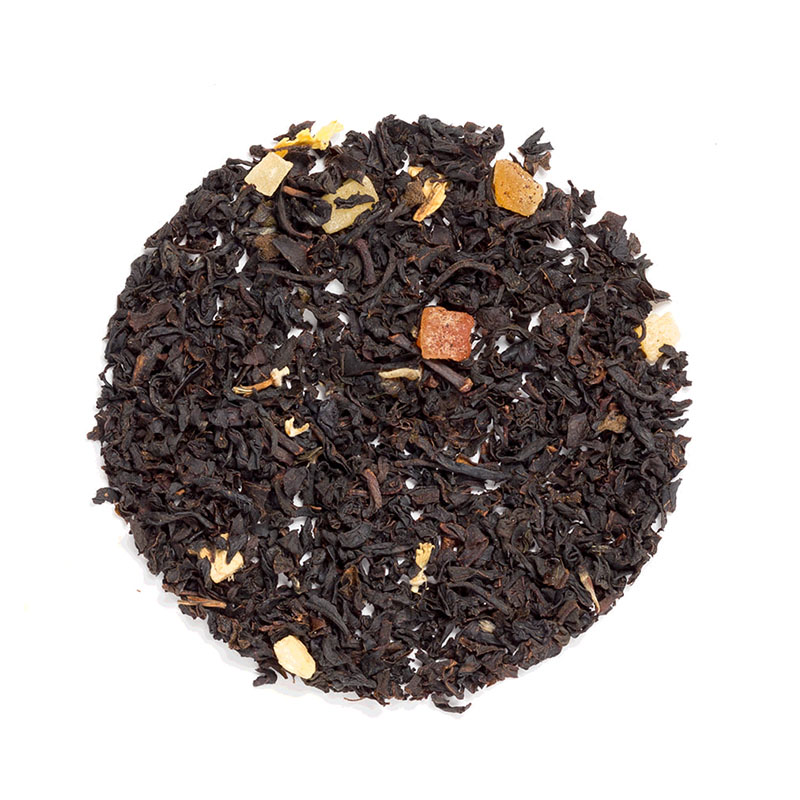
Ginger Peach Black tea
Honey Ginger Chamomile
A blend of classic ingredients with a slightly sweet, slightly spicy, very soothing and calming flavor. It’s caffeine free, which makes it great for any time of the day or night. Crafted with both tastiness and potential benefits in mind and great for making iced tea too.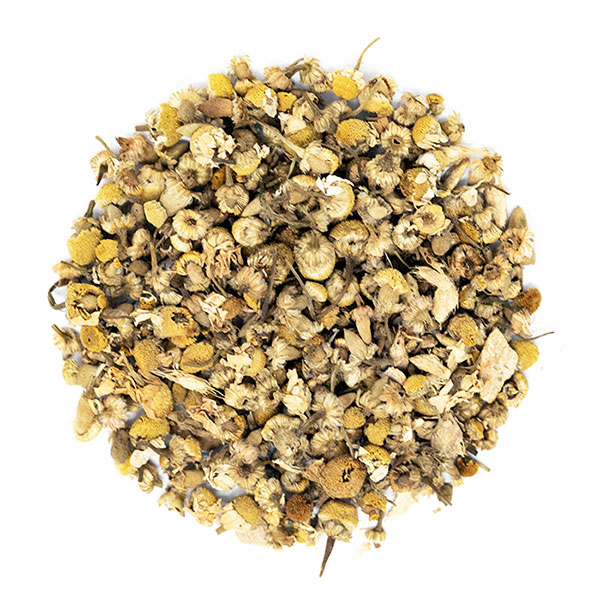
Honey Ginger Chamomile tea
Coconut Spice
Ginger tea to love and slowly enjoy to the last sip with the scent of warm cinnamon rolls and strong chai spices. Coconut spice has a sweet and subtle coconut and vanilla notes, deep and warming ginger, turmeric and fennel soul and a touch of cinnamon make this blend rich and spicy, but unusually light as well. Caffeine free. Perfect for afternoon and evening sipping.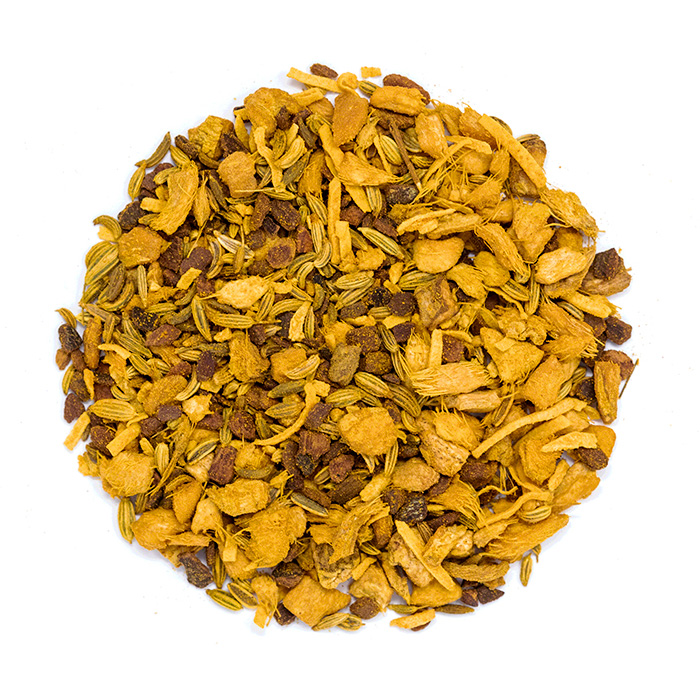
Coconut Spice herbal tea blend
Vedic Healer
Bold, spicy and caffeine free tea that feels like a friendly hug in a cup, there for you whenever you need to feel warm, understood and help you continue with your day. It’s blended with spices and ashwagandha, adaptogenic root famous for its medicinal properties. Spicy and inviting cinnamon scent, warming cloves, refreshing lemongrass, tingly red and black peppers, soothing ginger and sweet and woody cardamom that brew into a wonderfully light, yet spicy and well-balanced cup.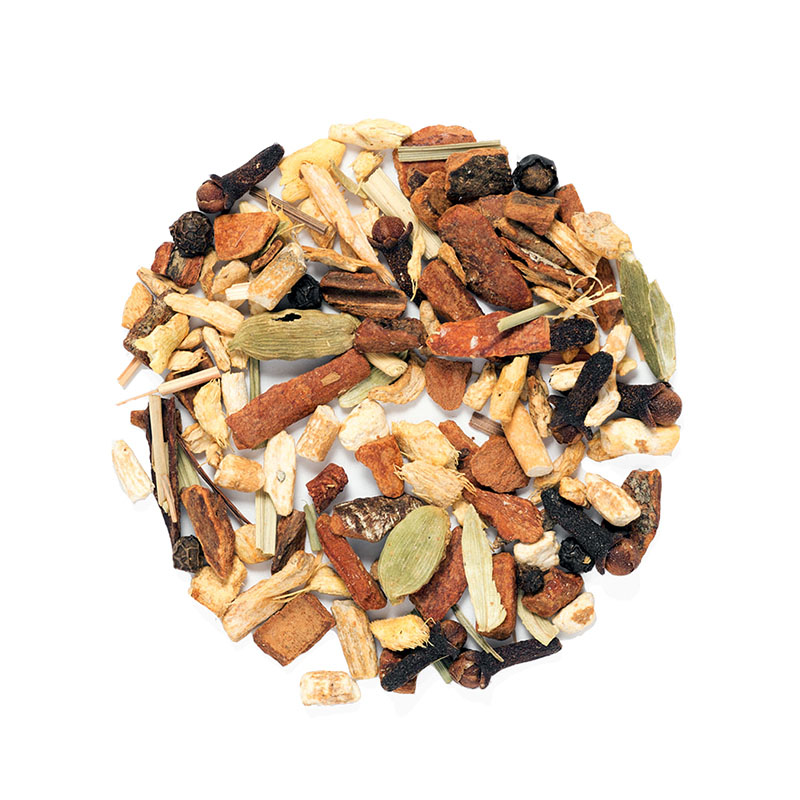
Vedic (healer) tea with ashwagandha and ginger
Disclaimer: This article is for informational purposes only. It’s not intended to replace medical advice, diagnosis or treatment. Every person is different and may react to different herbs and teas differently. Never use teas or herbs to treat serious medical conditions on your own. Always seek professional medical advice before choosing home remedies.
References:
[1] https://www.ncbi.nlm.nih.gov/pmc/articles/PMC6341159/ [2] https://www.ncbi.nlm.nih.gov/pmc/articles/PMC4818021/ [3] https://www.ncbi.nlm.nih.gov/pmc/articles/PMC6341159/ [4] https://www.ncbi.nlm.nih.gov/pmc/articles/PMC4377061/ [5] https://www.researchgate.net/publication/336647978_USING_BREWER%27S_YEAST_AND_GINGER_IN_THE_MANAGEMENT_OF_CONSTIPATION-PREDOMINANT_IRRITABLE_BOWEL_SYNDROME_A_RANDOMIZED_DOUBLE-BLIND_PLACEBO-CONTROLLED_TRIAL [6] https://www.ncbi.nlm.nih.gov/pmc/articles/PMC3665023/ [7] https://www.researchgate.net/publication/269847110_RHIZOME_OF_ZINGIBER_OFFICINALE_POSSIBLE_SOURCE_OF_ALTERNATIVE_REMEDY_FOR_STREP_THROAT [8] https://www.ncbi.nlm.nih.gov/pmc/articles/PMC4211852/ [9] https://www.hindawi.com/journals/ecam/2019/5054395/ [10] https://www.ncbi.nlm.nih.gov/books/NBK92775/
More from:
SLL



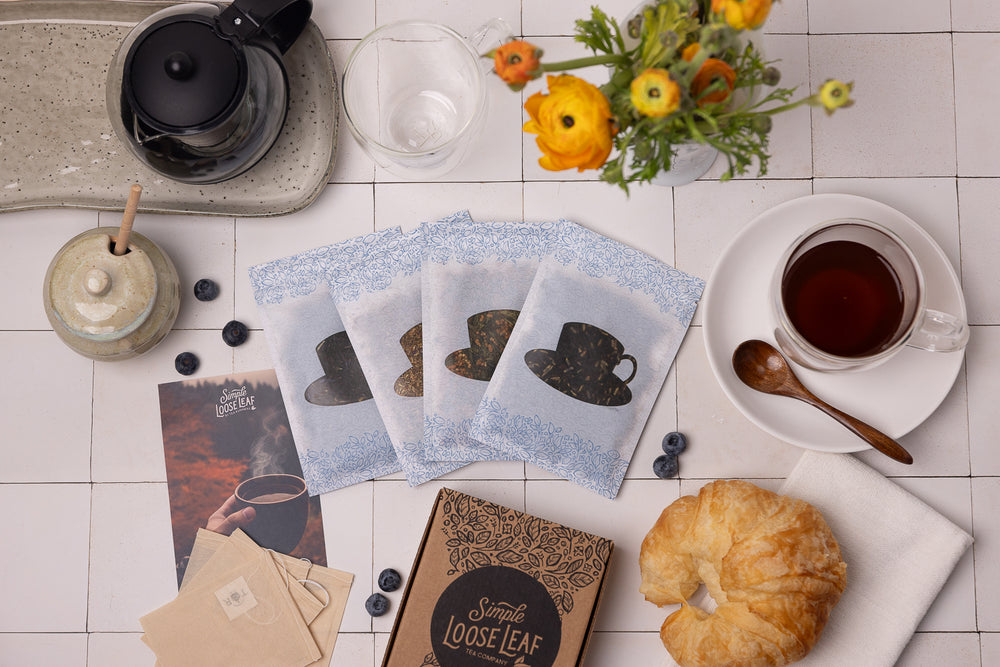

Leave a comment